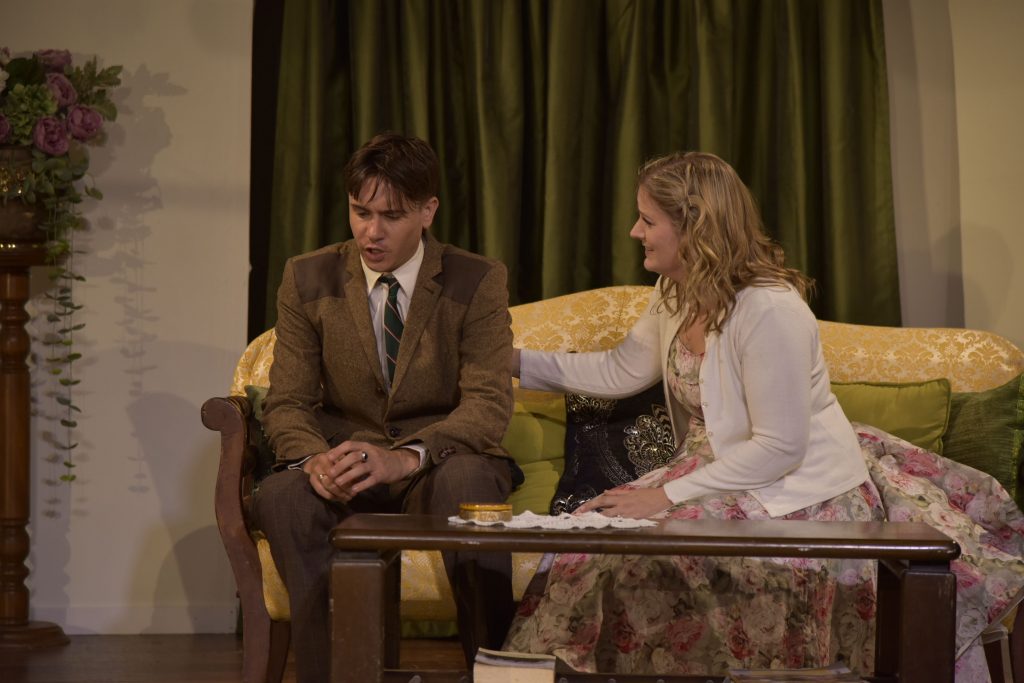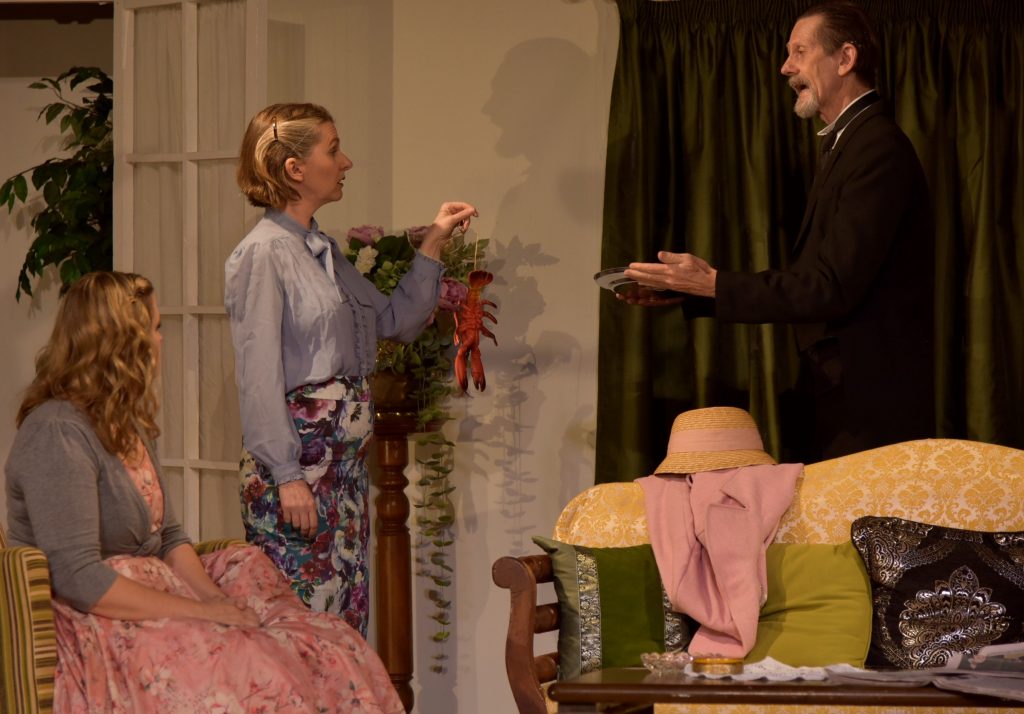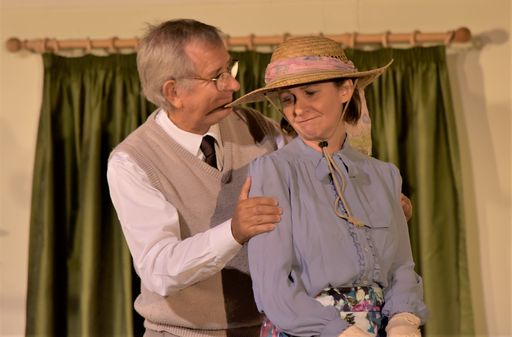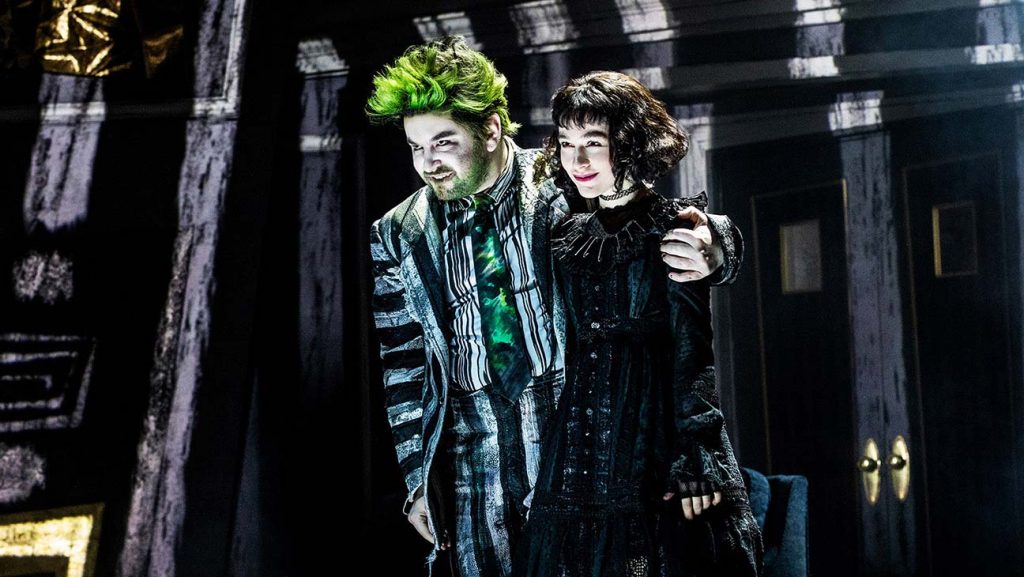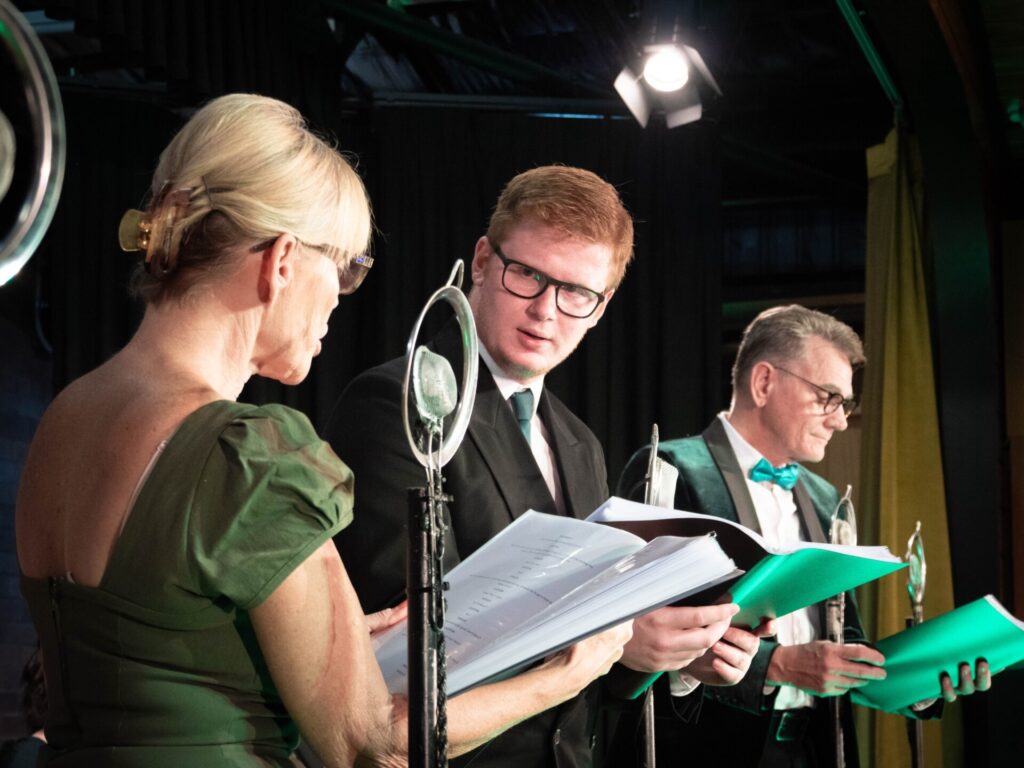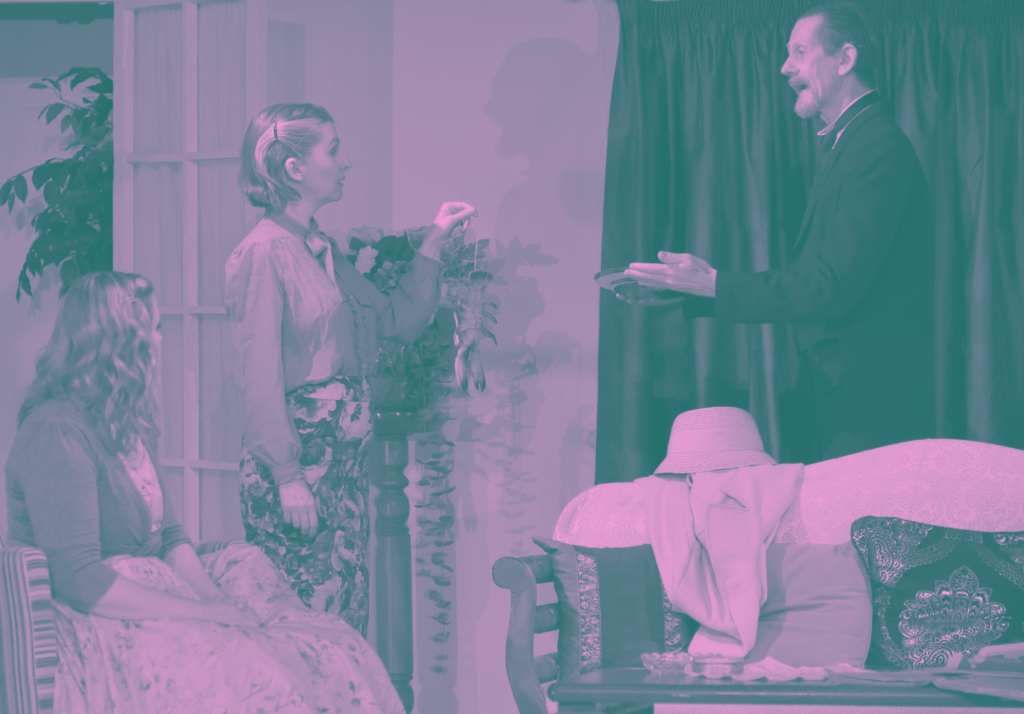
‘The Hollow’ // Nash Theatre
‘The Hollow’ was charming.
*A spoiler-free review*
Agatha Christie’s classic murder mystery comes to the stage at Merthyr Road Uniting Church for New Farm Nash Theatre’s production of ‘The Hollow’. Quirky characters, unexpected murders and various love triangles combine in a British 1940s whodunnit that epitomises Christie’s grand work. Nash Theatre’s production includes the charm and grace you would expect while leaving the evil and cunning motives of the characters lurking in the shadows.
The play is an adaptation of Christie’s 1946 novel ‘The Hollow’. It follows the wealthy Angkatell family, who invites their extended family, the Cristows, to their country estate for the weekend. The first act introduces the characters and their relationships; renowned doctor John Cristow has been having an affair with Henrietta Angkatell behind his wife Gerda Ankatell’s back; his old lover Veronica Craye, who coincidentally lives down the road, causes another layer of drama (Christie’s stories often have incestuous undertones and this production is no different, however, it is not made a major plot point). A less influential relative, Midge Harvey, is in love with Edward Ankatell, a charming but self-loathing young man, who is also in love with Henrietta. Lady Lucy Ankatell, a blissfully vague woman with memory loss joins the fray along with her husband, Sir Henry Ankatell, both of whom own the estate. When one of the characters is shot and their last dying word is “Henrietta”, detectives are brought in to unravel a web of family legacy, devotion and sacrifice. The play diverts from the novel in certain areas, with different detectives and the scene of the crime changing to a swimming pool, among other small plot points that were altered for the stage. ‘The Hollow’ opened at the Arts Theatre Cambridge in 1951, and then played at two other UK theatres that year.
The lighting and sound design in Nash Theatre’s production were effective and visually pleasing. Blue and red washes featured between transitions and before each act began; flickering lights created a storm effect, complete with sounds of thunder. Some of the audio cues were not particularly loud, which limited audience engagement. This was particularly notable in the storm towards the end of the play, which had potential to heighten the suspense of the final scenes, yet unfortunately missed the mark.
Transporting the audience to the posh, rustic Angkatell estate in the English countryside, the set was well-designed with plenty of individually designed entryways, one to the garden and two to the rest of the house. Elegant couches and armchairs surrounded a coffee table with a fireplace to one side, a portrait of another manor referred to by the characters as “Ainswick” hung above the mantel, and gave this plot point some context, helping to paint the picture for audiences. The set was periodically accurate and consistent with the 1940s era, which truly made for a charming viewing experience. This illusion was slightly broken by the modern spirit bottles and Schweppes that sat on the drinks table. Costume design allowed the actors to change costumes at least twice in the show, from casual daywear to more formal evening attire, which was particularly enjoyable and maintained a fresh visual aesthetic.
Sharon White’s direction was a traditional, authentic take on Christie’s play and allowed the human experience to shine on stage. Blocking was effective and used the space well. Actors never appeared to be simply standing around or revolving constantly around one area. However, unfortunately, the suspenseful “murder mystery” intrigue was lacking, with the same level of energy and tension maintained throughout the performance. Even for significant reveals, there was a lack of dramatic pause and tonal change. Unfortunately, the effect was anticlimactic and left audiences guessing the narrative’s progression, as the tension was not effectively developed.
An array of talented, engaging actors can be seen in this play, with standouts including Susie Williams as the hilarious (and shady) Lady Lucy Angkatell; Phillipa Dwyer who showed complexity and spunk as Henrietta; Andrew Townsend who gave an energetic and nervous performance as Edward; and of course, John Stibbard as the looming, nitpicky butler Gudgeon who brought a spark to the play with his rich vocal quality. Rounding out the cast was Ian Bielenberg as Sir Henry Angkatell; Helen Barrett as Midge Harvey; Laura McIntosh as Doris the maid; Anna Ibbotson as Gerda Cristow; Nathalie Cattaneo as Veronica Cray; David Richardson as Doctor John Cristow; Troy Bullock as Inspector Colquhoun and Edan Collins as Detective Sergeant Penny, all of whom excelled in their roles.
For New Farm Nash Theatre, a group just starting to find their feet after COVID-19, ‘The Hollow’ has a terrific cast and splendid set and costume design, complete with an intriguing murder mystery – what more could you ask for? If you want to know whodunnit, you’ll have to go see it yourself. Our lips are sealed.
‘ The Hollow’ performs until Saturday, 5 December 2020 at Merthyr Road Uniting Church. For more information visit Nash Theatre’s website.




